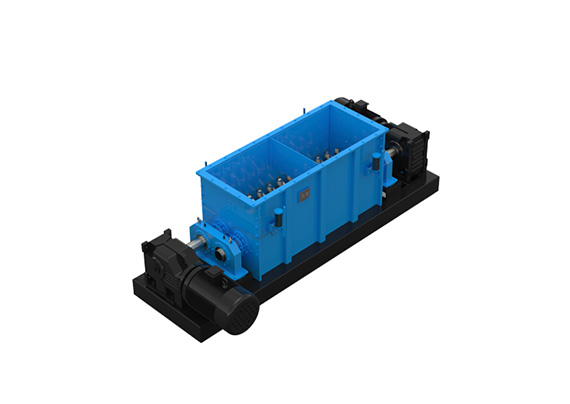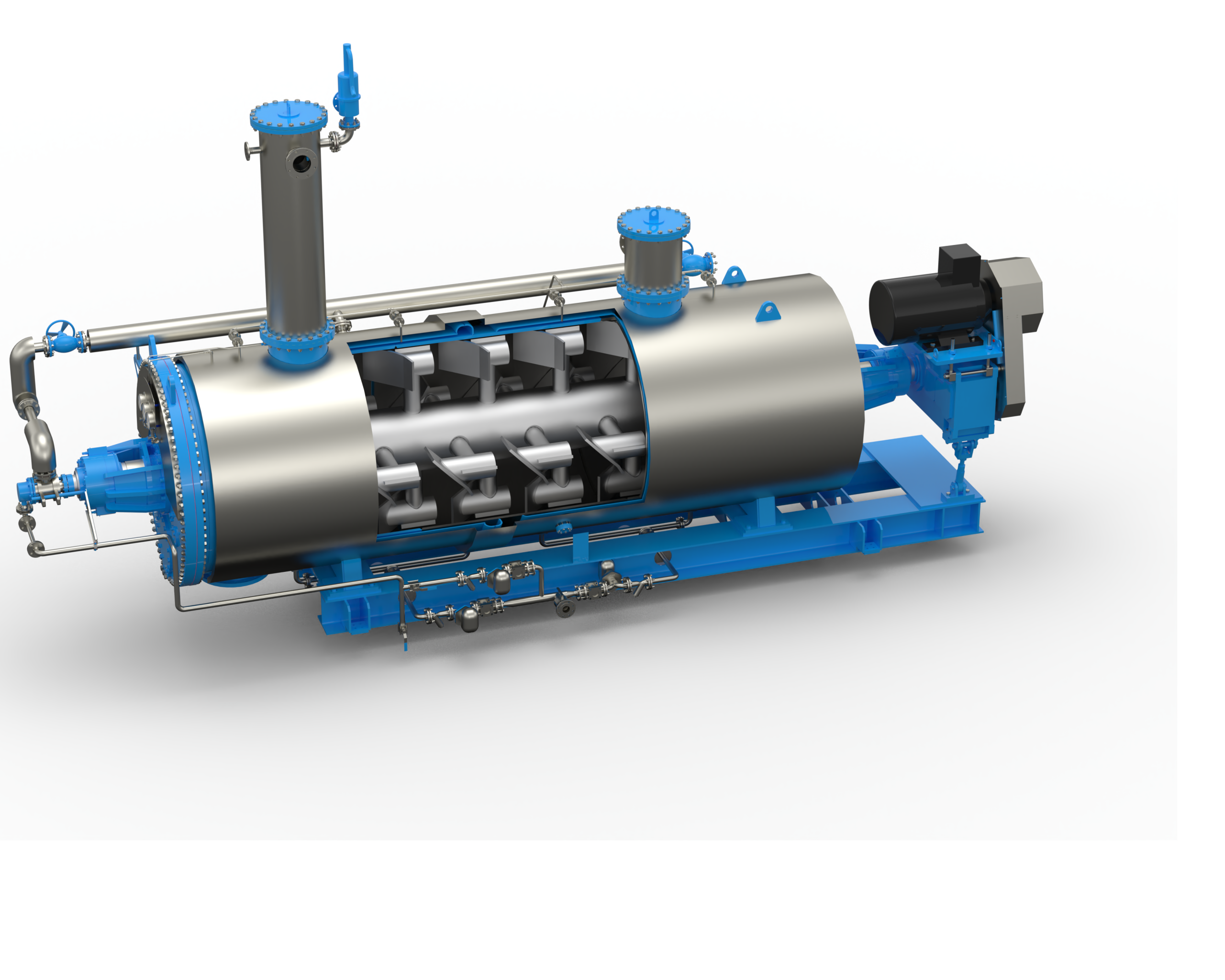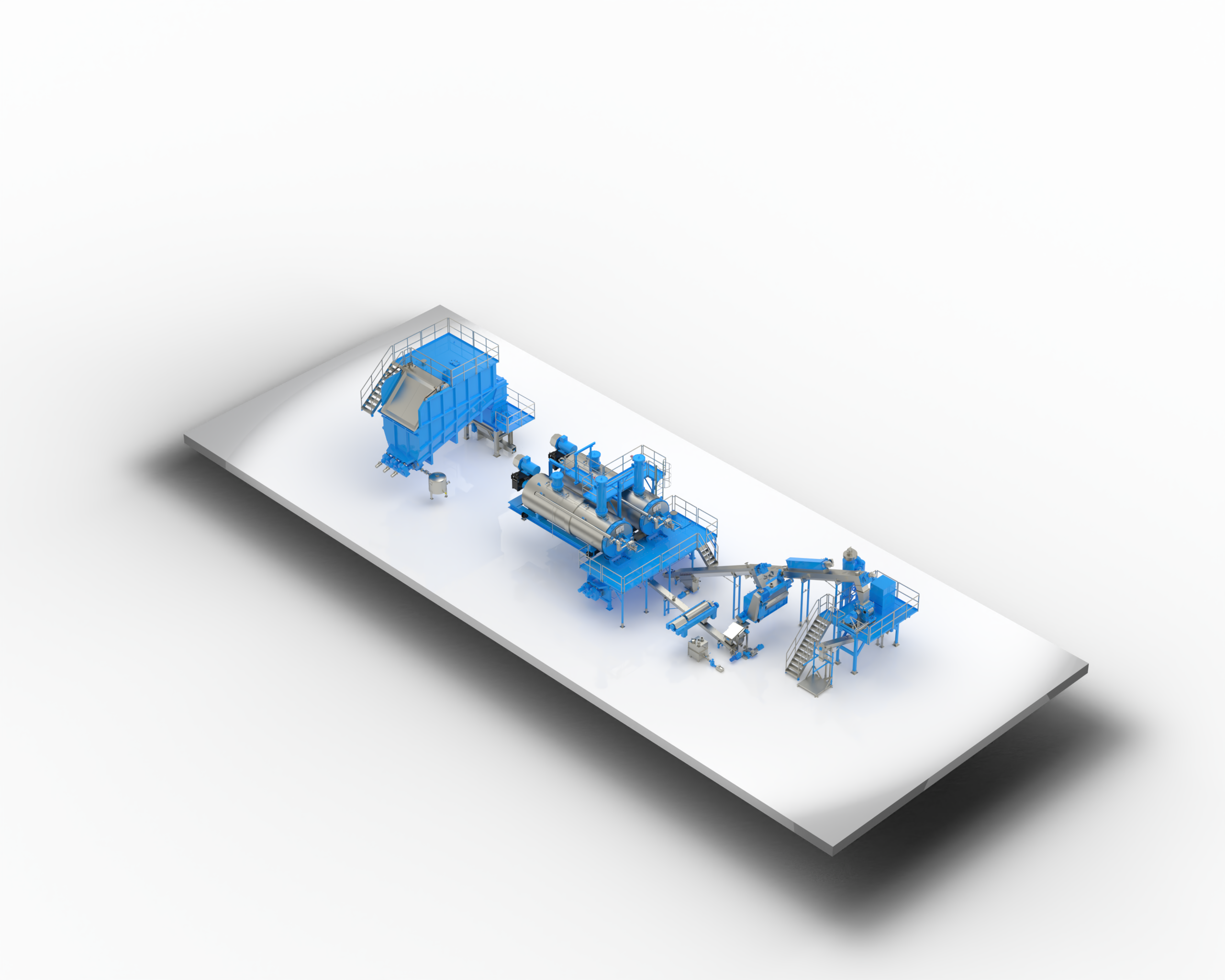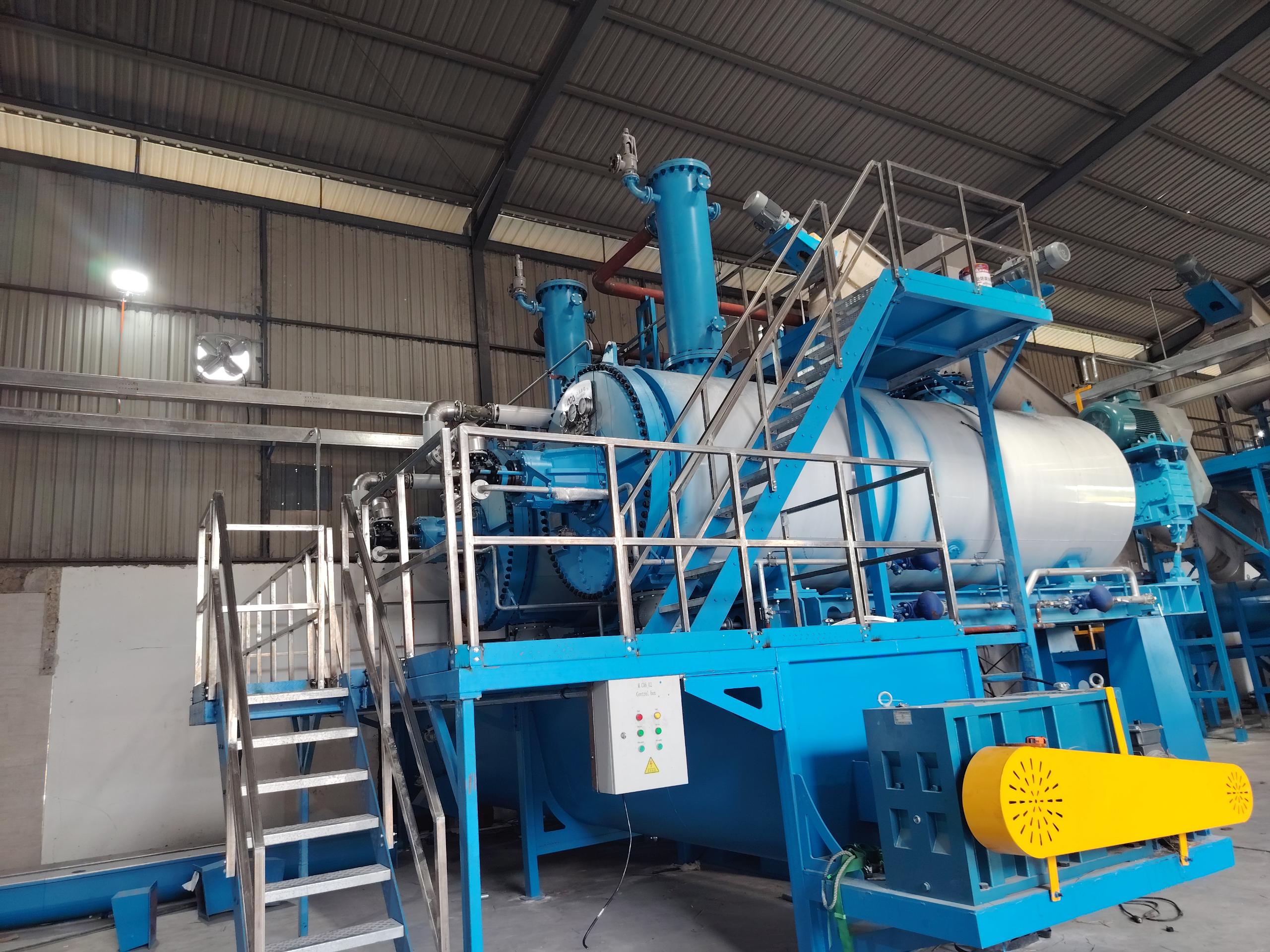
A complete guide: what is a Chicken rendering plant?
A complete guide: what is a Chicken rendering plant?
What Does A Plant That Renders Chickens Do?
- To explain in this blog post, what is a chicken rendering plant? A chicken rendering plant is a facility that processes dead chickens and transforms them into various rendering products, such as animal feed and fertilizer. Chickens are processed at a poultry rendering facility into a completed good that is then utilized as a component in other goods, such as blood meal for pet food and cosmetics. Additionally, several businesses use chicken fat as a substitute fuel source for their buildings or nearby towns. The first step is picking up dead chickens from a farmer’s yard or a butcher’s.
- The deceased birds are then delivered to the rendering facility for chickens and placed inside a powerful Sunrise Double Shaft Crusher that resembles a crusher. The birds are divided into manageable-sized bits by the crushers. To produce “meat and bone meal,” which can be used as fertilizer or animal feed, the crushed chicken parts are placed in large tanks and cooked at extremely high temperatures for several hours with steam and hot water. During this process, all the moisture is removed, leaving only the muscle fibers and bones, which are then ground into smaller pieces.
What benefits come from utilizing SunRise Chicken Rendering Plants?
What is a chicken rendering plant? And how are its advantages described in this blog? Rendering plants for chickens provides several benefits. For instance, they offer a productive technique to transform animal waste from chickens into beneficial items like feed and fertilizer. Double-shaft crushers are large, powerful crushing devices created specifically for the animal byproducts sector. In slaughterhouses, it is used to decrease the size of corpses from cattle, sheep, horses, pigs, and assorted offals and bones before they are disposed of. The crushed material will save a lot of time during the subsequent cooking or dissolving process since all the fractured surfaces are joined together with a strong, hard alloy that may cut off the metal impurities mixed in with the substance. It is an all-around improvement over conventional single-shaft crushing technology, providing consumers more value since it has more power and capacity. Recycling deceased chickens that would otherwise be thrown away or placed in landfills also contributes to maintaining a clean environment.
- Easy to use:
It will be really simple to dispose of your animal corpses with this rendering facility, and you won’t need to go near them. It might save you time because you won’t have to spend time cleaning up after using this gadget. The poultry sector includes a significant portion of chicken rendering factories. To provide protein meals and fat for animal feed and other goods, entire chickens, or their parts and waste products, must be processed. They can simultaneously handle thousands of pounds of poultry waste and are extremely effective enterprises.
- Clean Up:
There will always be some mess involved with getting rid of dead animals. There won’t be any mess after disposing of your animal corpse, thanks to a chicken rendering facility.

- The creation of opportunities for locals:
These facilities employ both those who work at poultry rendering factories and those who work for other businesses that buy the rendered fat they sell for use in their goods. The local economy frequently depends heavily on rendering facilities for Chicken. Work at Chicken rendering plants pays well, and many families rely on it as a source of income. Another significant component of the food processing sector is rendering factories.
- Decrease Waste:
According to estimates, one billion chickens worldwide yearly pass away from illness or natural reasons like ageing or parasites in their systems. If the garbage from these deceased people isn’t properly disposed of through composting or burning, it can easily pollute the water supply. However, if you have an on-site chicken rendering facility, you may completely remove this waste by turning it into fuel. Reducing waste generated by restaurants, farms, and other food-processing facilities and recycling it to make usable items like fertilizer, animal feed, and soap.
How Does a Plant for Rendering Chicken Function?
As you can see, rendering Chicken is a simple operation. Many uses are possible due to the straightforward processes in the rendering process. This has contributed to the commercial and industrial community’s dependence on various byproducts of chicken production. Waste from poultry rendering plants isn’t just used as feed; it’s also used to make soap, fertilizer, and cosmetics. The economic benefits of rendering plant wastes include supplying urban and rural farmers with high-quality animal fats to create lucrative chemical feed additives. The following is the work:
- They collect the carcass waste from the chicken slaughterhouse, such as the feathers and bones.
- They are dividing the trash into many groups.
- The protein and oil from the garbage by cooking it down.
- Salt is used to enhance the taste.
The products From Chicken Rendering Plants:
The easiest way to understand a chicken rendering factory is to look at the finished goods. Protein-rich meals that may be sold as natural or organic poultry feed or recycled for use in other Chicken, pig, and fish feeds are the end product of the continuous chicken rendering process. An establishment that processes chicken waste products is a meal poultry rendering factory. The rendered facility processes the waste materials to create a variety of goods after collecting them from farms and other chicken processing plants.
- Skins of Chicken:
These may be used to create leather accessories like belts and wallets. Due to their absorbent qualities, they are also used to make chicken litter for agricultural purposes.
- Bones from Chicken:
These are used to create calcium-rich animal food additives like bone meals and meat which are excellent for humans and animals.
- Chicken Fat:
This ingredient makes candles, soaps, detergents, and cosmetics. It is also added to cattle feed rations or used as an animal feed additive.
Conclusion:
Chicken by-products are converted into useful resources in chicken rendering factories, which is essential to the poultry industry. Maintaining sustainable practices in the sector requires an understanding of these facilities’ operations and environmental effects. The sector of animal protein, oil, nutrition, food, biotechnology, and solid waste treatment is the focus of SunRise, a complete environmental protection technology limited corporation. Our organization has been introducing and assimilating effective management practices, project processing technology, and equipment manufacturing technology to Europe for a century.



